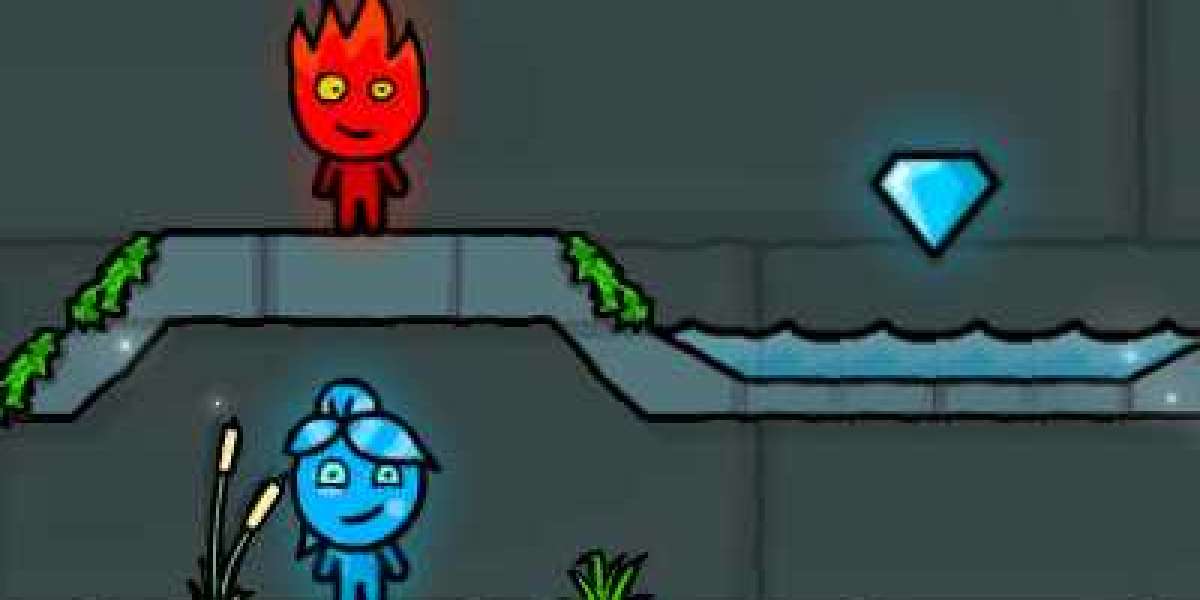Lights, camera, action! Green screen technology has revolutionized the way we create videos and films. With the right lighting setup, you can transport your subjects to any imaginable location. Whether you're a professional filmmaker or a passionate content creator, mastering the art of green screen lighting is essential to ensure your backgrounds pop. In this article, we'll guide you through the process of setting up your green screen equipment and lighting your subjects and the green screen itself.

Setting up the Green Screen Equipment
To begin, it's crucial to set up your green screen properly. Smooth out any fabric or paper green screen to avoid wrinkles and creases that can cause unwanted shadows or uneven lighting. It's also important to avoid any reflective materials in the shot, such as jewelry or glasses, as they can complicate the lighting process. Keep track of the props you'll be using and make necessary adjustments to ensure a seamless integration with the green screen.
Read more: Adjustable LED Light Connection for Boats
Getting the Right Lights
The key to achieving stunning green screen effects lies in getting the right lights. Ideally, you should have two lights directed towards the green screen to achieve even lighting. While we recommend using professional-grade lights like the Diva 400s, you can also opt for affordable alternatives such as clamp lights and fluorescent bulbs from Home Depot. The most important factor is to ensure that both lights are exactly the same, as different lights can introduce color temperature variations and result in an uneven color balance.
Lighting the Subject First
Before focusing on the green screen itself, it's crucial to properly light your subjects. Position your subjects about eight feet away from the green screen, and use the following lights to illuminate them:
- Key light: This is the primary light source for the subject and should mimic the location of the natural light source, such as the sun or other lights in the surroundings.
- Backlight: The backlight creates a soft halo effect on the subject's hair, primarily used in studio settings.
- Fill light: The fill light adds ambiance to the scene and helps soften shadows created by the key light.
While our diagram provides a basic setup, feel free to adjust the lights based on your specific requirements. You may need additional fill lights or make other modifications depending on the desired shot. By prioritizing the subject's lighting first, you avoid the need for unnecessary adjustments later and save valuable time.
Read more: LED Lights Used For Boats
Lighting the Green Screen
Once your subject is perfectly lit, it's time to position the lights to target the green screen. Make sure that each light is at the same distance and angle from the screen to achieve consistent lighting across the entire surface. This ensures that the green screen appears evenly lit without any shadows or inconsistencies.
In the accompanying diagrams, you'll notice that Setup #1 casts shadows from the subject, while Setup #2 keeps the shadows outside the camera's field of view. Depending on your creative vision, you can choose the setup that best suits your needs.
Frequently Asked Questions
Q: Can I use any color for the green screen?
A: While green is the most commonly used color for green screens, you can experiment with other colors such as blue or even red, as long as it doesn't clash with your subject or cause any color spillage.
Q: Do I need expensive lighting equipment?
A: While professional-grade lighting equipment can enhance the quality of your results, it's possible to achieve great results with affordable alternatives. Just ensure that your lights are consistent and evenly illuminate the green screen.
Q: What should I do if there are still shadows or inconsistencies on my green screen?
A: If you notice shadows or uneven lighting on your green screen, try adjusting the position and angle of your lights. Additionally, you can experiment with adding more lights to achieve a more even lighting effect.
Q: How can I minimize color spillage?
A: To minimize color spillage, ensure that your subject is positioned at an optimal distance from the green screen and that the lights are carefully directed towards the screen without spilling onto the subject.
Mastering green screen lighting is a skill that requires practice and experimentation. By following these guidelines and understanding the importance of proper lighting for both your subjects and the green screen, you'll be well on your way to creating mesmerizing videos with visually stunning backgrounds. Lights, camera, green screen, action!
Read more: LED Lighting Solutions | Illuminate Your Space with Super Bright LEDs







